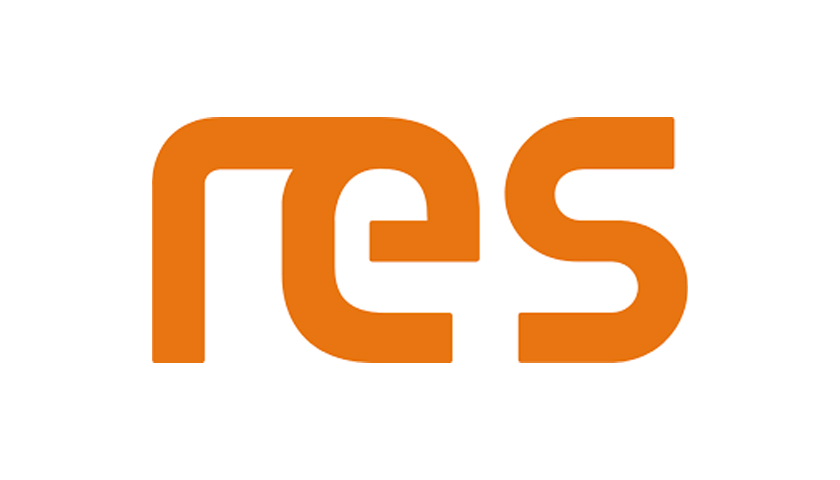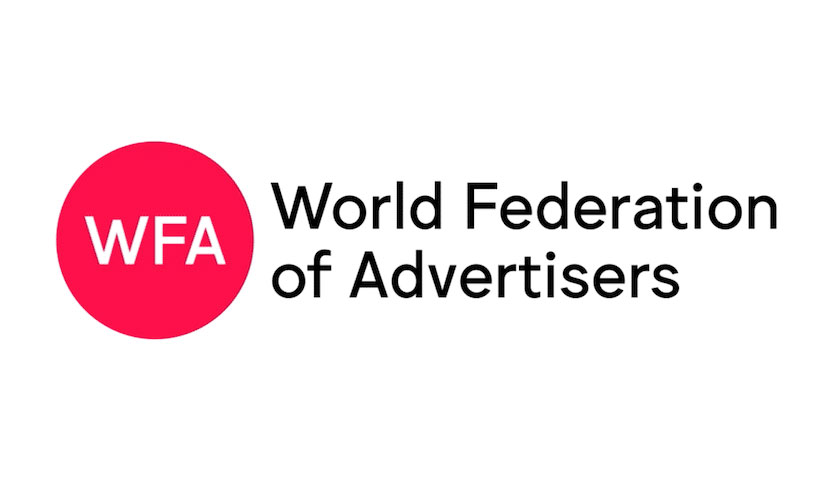We don’t often do Guest Posts but we thought that this post from Rebecca Rom-Frank, the Creative Insights Researcher at iStock would be of interest and value to our readers, thanks to Rebecca:
This year, Earth Day, celebrated globally on April 22, took place in a changed world. After a year of a global pandemic and social justice movements, consumers now expect brands to communicate with greater empathy than ever before.
At iStock, global customer searches for “solar panels on roof” and “sustainable finance” rose significantly in 2020, along with terms like “empathy” and “gratitude”. The familiar visual clichés typically used to convey environmental issues—the lone polar bear, smokestacks, a pair of hands cupping a sprout—are too abstract and impersonal to stand out in today’s crowded and also more sophisticated visual landscape.
At the same time, this is the beginning of an exciting era for sustainability now. Under the “The Planet Pledge” initiative led by the World Federation of Advertisers (WFA), some of the CMOs of the world biggest brands are taking a series of new commitments to act on the climate emergency to ensure marketing is part of the solution. 2021 is also a crucial year for the UK as a whole as the country is hosting the UN COP26 summit in Glasgow, to accelerate action towards the goals of the Paris Agreement and the UN Framework Convention on Climate Change.
With the environment being on top of the agenda, it is therefore not surprising that sustainability is a major force in British consumers’ decision-making. According to our Visual GPS, 84% of UK consumers now expect brands to be environmentally aware in all of their visual communication.
However, a study of print media in the UK and US from 2001-2009 found that climate change visuals are missing solutions: 62% of climate change imagery showed impacts, while only 9% showed solutions. There is a big opportunity for brands to fill the visual gap left by the news media, and forge positive emotional connections with today’s eco-conscious consumer. For this reason, our Creative team has rethought the way sustainability is represented in commercial visuals and created a set of guidelines outlining best practices when selecting sustainability stills, video and illustration.
Whether you want to convey the steps that your business is taking towards setting and achieving sustainable goals or better connect with consumers by showing how people make sustainable choices in their own lives, there are plenty of options. Here are three key takeaways to keep front of mind:
- First off, tell the human story
In order to move away from abstract visual metaphors and clichés, intentionally take steps to make sustainability personal. Authentic moments conveying human connection and emotion resonate far more powerfully with consumers, the world over. What’s more, the United Nations’ definition of “sustainability” goes a step beyond environmental conservation to also emphasise human health, social equality and economic vitality, too. To best capture this complex idea, bring things back to the human story.
Although businesses often address sustainability and D&I (diversity and inclusion) as two separate issues, when it comes to the most effective visuals, these should be intertwined. Climate change affects everyone, and our Visual GPS research shows that 78% of British consumers see themselves as eco-friendly, meaning that people of all races, ages and genders care about sustainability-related issues—which means it’s a cause en masse.
But when we analysed the most popular sustainability content on iStock, the demographics skewed young, white and female. It is imperative to include groups who may have previously been underrepresented, at all intersections of identity including gender, race, ethnicity, age, ability, gender identity, sexual orientation, class and culture, in your visual communications.
- Always tell real visual stories of what individuals, communities and businesses are doing to protect the environment
Businesses are making more ambitious pledges than ever before, although what they do depends on the type of business they run. For example, by 2030, 75% of Fortune Global 500 companies plan to operate carbon-neutrally, while half of multinational CEOs will extend the life of the material resources their companies use by shifting to a circular economy model.
Likewise, our Visual GPS research revealed that consumers do many different things to support the environment, depending on their lifestyle—from recycling to making their home energy efficient, to adopting a vegan diet.
Despite this variety, the most popular sustainability visuals from our collection tend to show similar scenarios in similar ways. Note that today’s consumer is aware of “greenwashing,” which is the practice of conveying an environmentally responsible image through generic visual clichés, even when a company isn’t taking action to reduce its footprint. So, as a means of building trust, don’t hesitate to broaden the scope of sustainability visuals and tell authentic, new stories. And, as much as possible, choose visuals that reflect what your brand is really doing to protect the environment.
- Humanise sustainable technology and innovation
Following expanded investment in renewable energy, and commitments such as GM’s announcement that they will create an all-electric fleet of cars by 2035, renewable energy and electric cars are becoming more accessible and affordable to a broader range of consumers. It is becoming increasingly common to see solar panels on residential roof, or to spot someone recharging an electric vehicle in the grocery store parking lot.
Over the past few years, visuals showing zero-waste consumer choices—such as reusable bags, cups, and straws—have become a popular, and admittedly convenient, way of conveying sustainability amongst our customers. However, when we actually tested visuals as part of our Visual GPS research, we found that consumers around the globe responded three times more strongly to visuals showing renewable energy—which means consumers are savvier than you might be giving them credit for!
Reflect that you’re listening, by showing how these sustainable technologies fit into people’s everyday lives and centre the workforce that makes renewable energy sources function. There is an urgent need to move the visual language of sustainability forward, so keeping pace with both technological and social progress is key.
Thanks again to Rebecca for this insightful post.



